I’ve been an avid photographer for just about all this millennium, but I only became significantly interested in birding and wildlife photography after I received my 400mm lens and moved to Florida.
I spent my early months here driving around wildlife loops and photographing whatever birds I saw.
Eventually, I wanted to photograph more diversity of birds and wildlife, and I became involved with a local Audubon Society.
So I ended up learning birding and wildlife photography ethics from birders.


It wasn’t long before I began to notice that there is often a kind of stigma attached to being a photographer. There are enough photographers out there who do irresponsible things to get their photos that it’s given all of us somewhat of a bad name. However, over time I’ve come to believe that the reputation is unfounded.
For all the irresponsible photographers out there, there are others that follow impeccable birding ethics. On the other hand, I’ve seen many birders violate those ethics. I’ve seen them approach birds too closely to document a rare bird and even trample through sensitive habitat to flush a bird into view. I suspect it’s time to put the stereotypes to rest.

For me, my rules of birding ethics are intended to ensure that I cause no intentional or unintentional harmful impact on the birds I love to see and photograph. I sincerely doubt that it’s possible to be in nature without having at least some impact. Even if we’re just walking through a public park on a paved trail, you are going to walk by birds and other wildlife.
They will take notice of you and adjust their behavior accordingly. They may fly away, or they may even pop into view to attract your attention and distract you from their nearby nest. There’s no way to avoid this. However, we can minimize this impact and ensure that we do nothing harmful to them.

There are several ways we can cause a harm–we can cause birds to expend energy they need for nest building or migration. We can cause them to put themselves in harm’s way (visible to predators and other dangers). We can cause birds to be dependent on human behavior.
We can even unintentionally cause birds to abandon their nests and breeding grounds or vacate suitable habitat. My goal is to leave all birding experiences with a clear conscience that I’ve left the birds and their habitat unharmed and untampered with.

So I thought it would be good for me to share my birding and photography ethics. I share this publicly for at least two reasons.
First, others may have valuable insights to contribute to what I have shared here, so I hope to learn from each of you.
Second, perhaps by sharing my ethics others might be encouraged to act differently in nature. So here goes:

1) Being in nature is its own reward
An important corollary: a photo or a sighting should never take precedent over the well-being of wildlife.
2) Respect barriers, follow all laws, and obey signage
Generally speaking they are there for a reason. Florida Scrub Jays are endangered, and it is illegal to feed them. Most parks and refuges that have Scrub Jays put up signs prohibiting the feeding of Scrub Jays. This doesn’t stop many from feeding them peanuts, and this can cause a significant amount of harm.
3) Never approach birds too closely.
You can always tell when you have–the bird flies away or displays some sort of agitated behavior. This happens, but then if you continue to do this repeatedly, you may be chasing the bird out of its natural habitat and into harm’s way. For instance, when doing work for our Florida Breeding bird atlas, I’m constantly looking for breeding evidence. Last summer I saw some Black-necked Stilts and shortly afterwards I had a parent flying circles around me and calling. It was using a distraction display to keep me away from its chicks. This allowed me to confirm breeding of this species in that block. At that point I had a choice. I could go off searching for the chicks–this would cause a great deal of anxiety to the parents and expose their young to predators. Or I could leave and let the bird calm down and return to its young. I would love to have photographed the chicks, but I had what I needed to confirm breeding in that block, so I left the birds alone.
4) Avoid excessive use of bird calls
For me, this applies to pishing as well. Pishing works, as I understand it, because it sounds like scolding and alarm calls of other birds like Tufted Titmice. This causes warblers and other birds to investigate. Recorded bird calls generally attract only the species of bird you’re playing. In some ways, this can be seen as less invasive. However, some play screech owl calls to attract many species within earshot of the call. This can cause significant aggravation. I generally follow David Sibley’s advice here (the comments are also useful on Sibley’s site)on using bird calls. Conservative use of pishing and recordings are likely not harmful, but over use can have detrimental effects.
5) Conservative use of flash.
Personally, I never use flash. This is only partly ethical. I just don’t like the look of flash, especially in birds with large eyes.. However, I also have seen flash cause birds to flinch and fly away. There are good birders on both sides of the ethical debate here. I fully respect those who use flash responsibly. However, I do feel strongly about flashing owls, especially at night.
6) Never bait birds.
I know some photographers set out bait to attract hawks and other birds so that they will come closer for better photos. I know some birders set out bird seed to attract birds out into the open to be seen or to keep them at their wintering grounds longer. This can expose them to predators. I don’t do it. I don’t even have feeders (save a hummingbird feeder) because I don’t want birds to become dependent on me. If I don’t keep the feeders up, they have to go elsewhere. Personally, I’d much rather go out and find birds in nature than attract them to feeders. I’m not suggesting feeders unethical at all; I just know I likely won’t keep them up, so I don’t use them.
7) Never force or startle a bird to give you an action shot.
I’ve even heard of people throwing rocks towards birds to get them to fly. Thankfully, I’ve never seen anyone do anything quite this drastic.
8) Never linger around a nesting site or nestlings and fledglings
This can cause a great deal of stress on the parents.
9) I don’t reveal specific locations of bird nests.
Unfortunately, some birders and photographers want to see them, and they can approach the nest too closely. For me, the risk is too great, so I don’t share nest locations any more except to those volunteering for our Florida Breeding Bird Atlas.
10) Take extra care with groups
I like birding in groups, but when groups become large, I become more conservative. There’s more potential for the actions of a large group to be perceived as threatening, and it’s more likely that a group of people will cause damage to habitat. I once came upon a group of about 25 birders surrounding a tree. They were on a field trip with the Space Coast Birding Festival, and the team leader was pishing very loudly and constantly. They had a glimpse of what they were pretty sure was a Great Horned Owl, but they wanted to be sure. I’m quite confident they were harassing the owl, and just a few days earlier I’d heard a male and female calling in that location. It’s quite possible they were disturbing a nest site. It really ticks me off when this happens at all, but even more so in groups. Not only might it have been harmful, but it teaches bad behavior to others.
This is perhaps not an exhaustive list, and I’d welcome the insights of others on these ethical principles. But I thought 10 was a good number (I resisted the temptation to call this my 10 commandments of birding ethics). For me, these principles help me feel confident that my actions will cause no harm and preserve good birding locations for future birding generations.
Scott Simmons
Scott Simmons, based in Florida, is a lover of nature, landscape, and wildlife photography. Scott became interested in photography in 2001 when he was given his first SLR camera. When he acquired a telephoto lens, he became progressively more interested in birds and other wildlife. Scott enjoys learning about bird habitats and behavior, striving always to take images that are both beautiful and interpretive. Scott believes photography is a great vehicle to help others to appreciate the wonder for the stuff of earth.

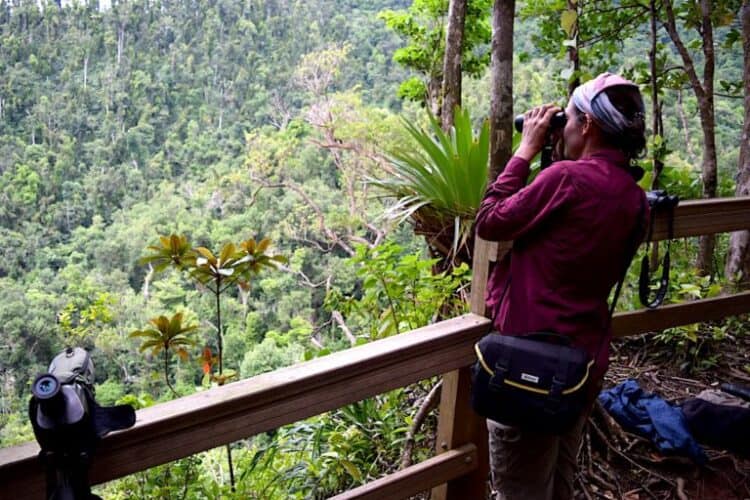
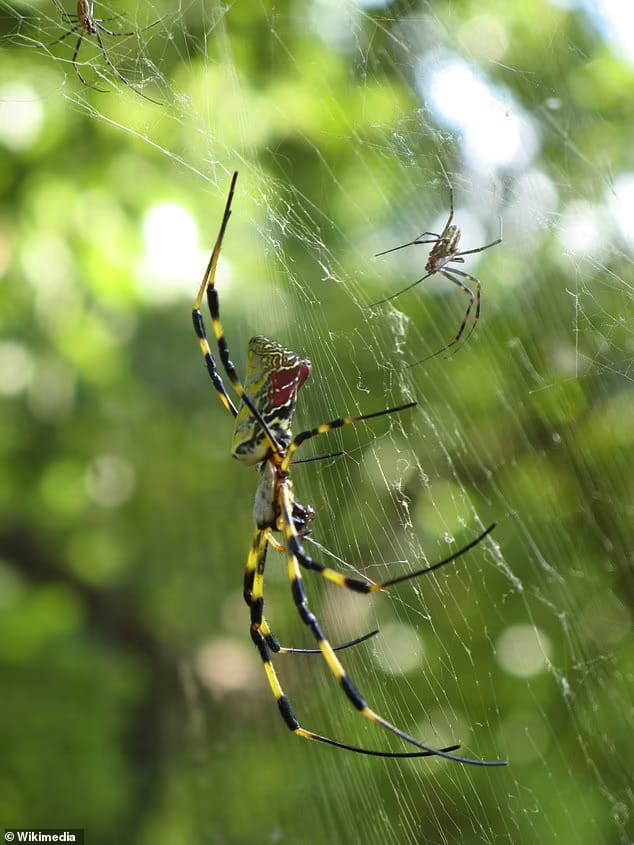
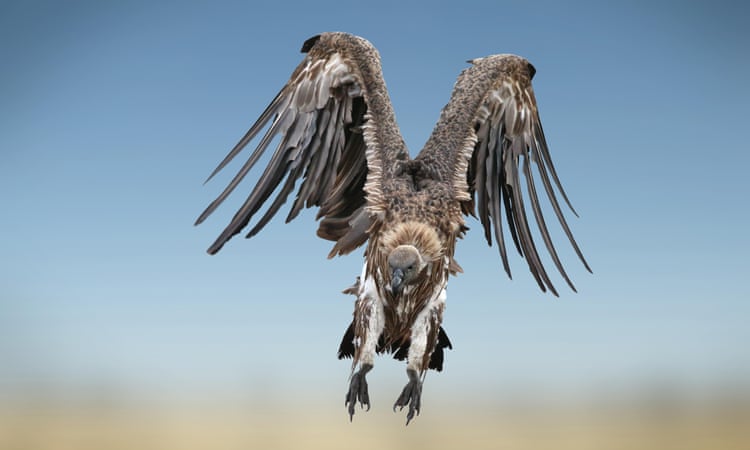
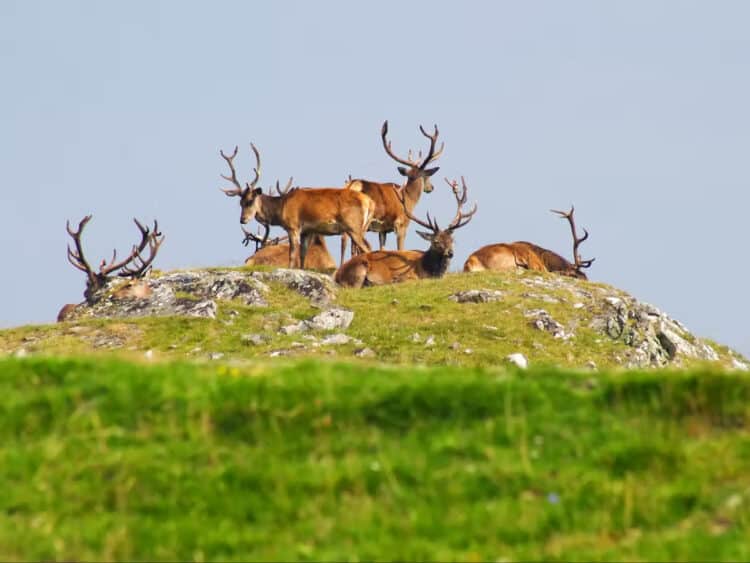
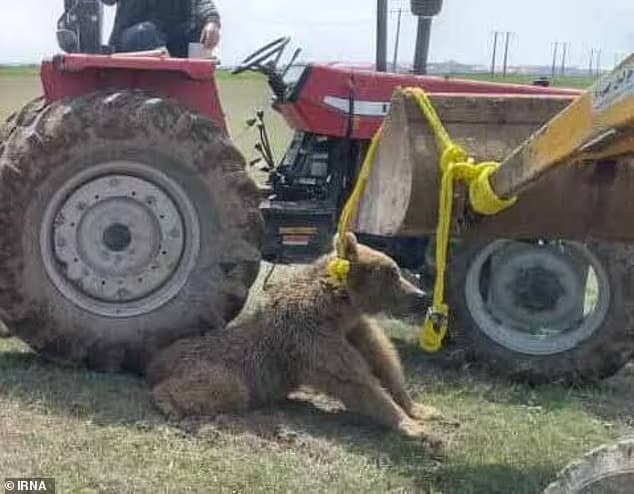
Leave a Reply